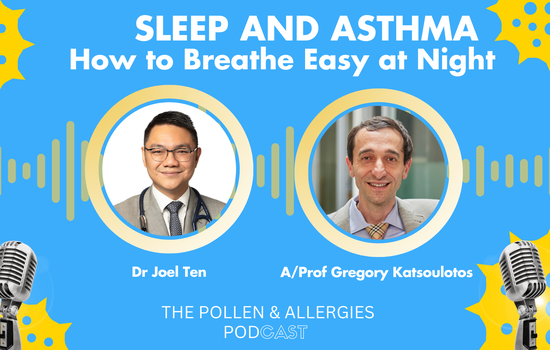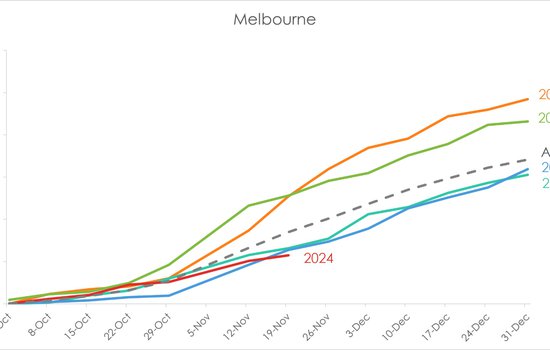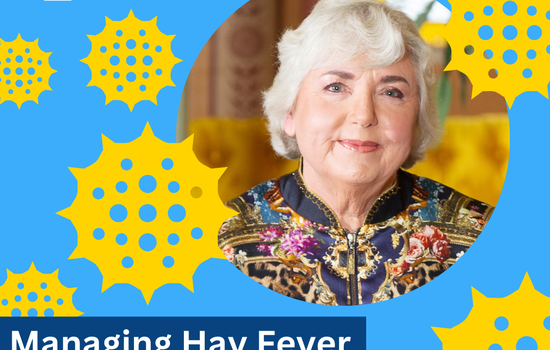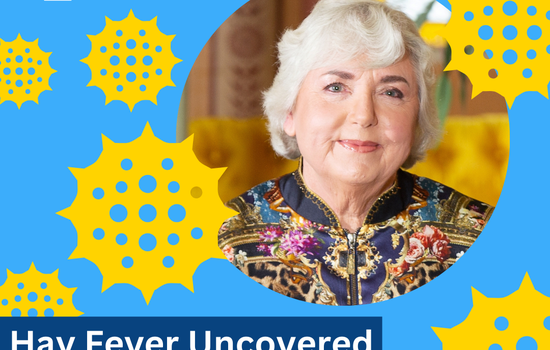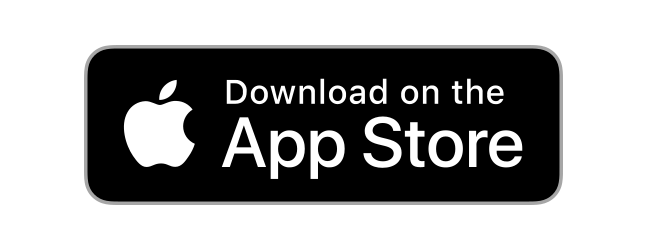We Need Your Help! Become a Beta Tester for the New Melbourne Pollen App
Exciting news! Melbourne Pollen is getting a major upgrade, and we want you to be part of it.
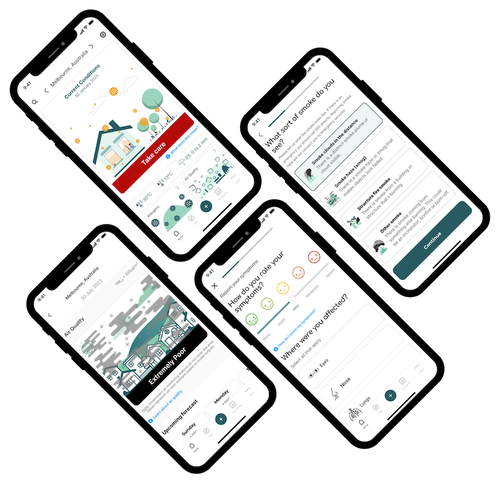
Our new-and-improved app is packed with features you already love—plus some fantastic new additions, including:
- Smoke and air quality forecasts – Stay informed about air conditions that may affect your health.
- Interactive map feature – Get real-time pollen and air quality data in your area.
- Trigger Lab – Identify the environmental triggers behind your symptoms.
Along with many more!
Before we officially launch, we need your help to test the app! If you’re a Melbourne Pollen user, we’d love for you to try out the new version and share your feedback.
Sign up now to become a beta tester by filling out this form. Your insights will help us fine-tune the app and make it the best it can be!
Thank you for being part of the Melbourne Pollen community—we can’t wait for you to experience the new app!



